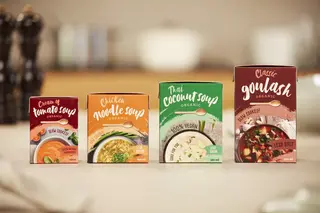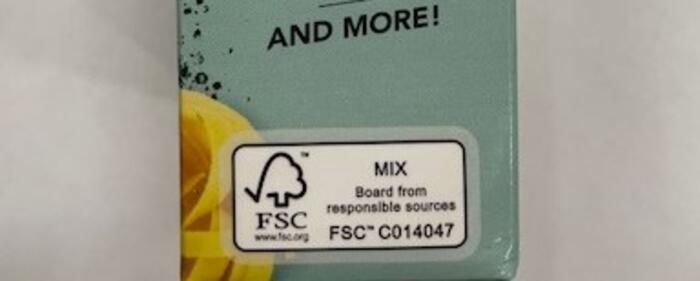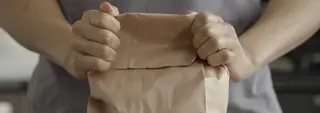
When some people recognize a problem, they ignore it. Pawel Marciniak is someone who aims for a solution. That’s exactly what he’s done with his business, IPM Foods.
Marciniak’s story began as an engineer with a company called Tetra Pak. During his years there, he helped develop something called Tetra Recart®, a sustainable carton packaging alternative to metal cans and glass jars for wet food items. In many industries, packaging materials have traditionally been made from glass, metal, and—in recent years—plastic. While these materials proved adequate as containers, they can be heavy, cumbersome, and not always great for the environment.
In 2007, Marciniak and his wife Iwona set out on their own and founded IPM, a contract food manufacturer/co-packer that utilizes the Tetra Recart carton packaging for foods like vegetables, soups, and sauces. They expanded in 2018 with the launch of NaturPakPet®, a similar concept except for wet pet food that also uses the innovative carton packaging. Today, both operations run out of a 180,000-square-foot facility in Janesville, Wisc.
In addition to being made from paperboard, the packaging includes a laser-perforated, easy-to-tear opening that doesn’t require any tools, and it’s designed to easily reclose and be kept in the refrigerator. “From day one we used the Tetra Recart packaging format, as I can see it is the only reliable option for innovative, sustainable packaging,” Marciniak says.
Here are three reasons Marciniak, as well as many, many other entrepreneurs swear by paperboard packaging.
1. It’s a better canvas for brand marketing.
When your container is round like glass or metal jars, that means only a small portion of your label is visible on a store shelf. Since the carton packaging has a rectangular shape, this allows for high quality printing on all sides of the package, Marciniak explains.

“This provides an opportunity for billboard-effect messaging that creates an eye-catching and fun shelf presence to attract consumers,” he says.
2. It’s incredibly shelf friendly.
On the topic of shelves, cans and jars made from glass and metal are heavy and cumbersome. The firm, rectangular-shaped paperboard packaging IPM uses sits conveniently and efficiently on store and home shelves. The packaging “takes up 30% less space than cans and glass jars, giving consumers back valuable shelf space in their pantries,” Marciniak explains.
The shape and lighter weight also mean that “you can get 10% to 20% more filled units per truck compared with cans,” he says. For retailers, that means more product per pallet, faster shelf replenishment, reduced waste handling, and efficient use of shelf space—which in turn lowers the direct product cost.
3. It’s made from sustainable materials.
On average, 67% of Tetra Recart carton packaging is made from paperboard, a renewable material from Forest Stewardship Council®-certified forests and other controlled sources, Marciniak explains. “Renewable materials are better for the environment because they absorb carbon from the atmosphere while allowing a move away from fossil-based sources.”

IPM makes sure customers realize this by including a recycling logo as well as the FSC certification on its packaging. “We are proud to include this designation because it demonstrates that Tetra Pak, our packaging supplier, promotes responsible forest management and strengthens traceability through certification and labeling,” Marciniak says. “Our clients are educated and aware individuals, so to fulfill their and our expectation we need to be leaders in the marathon for the cleaner planet.”



